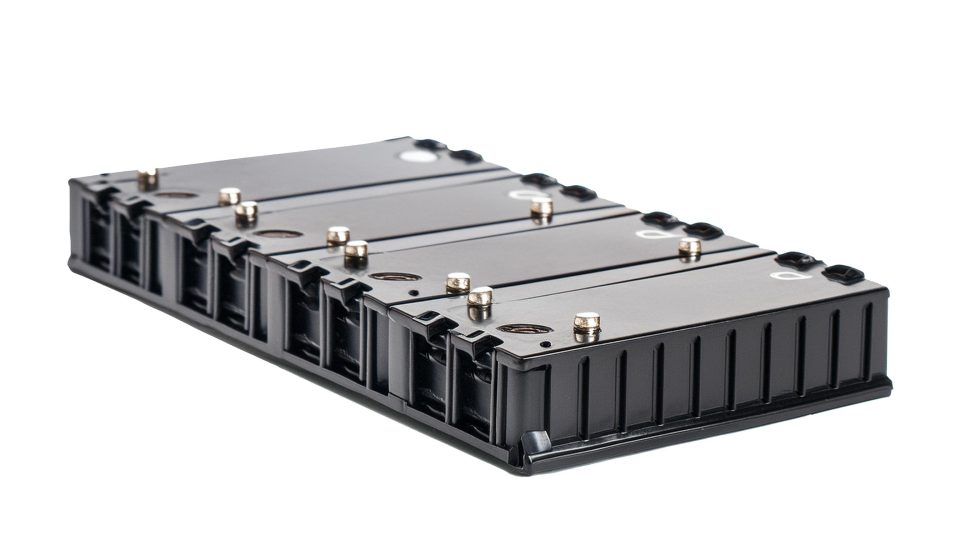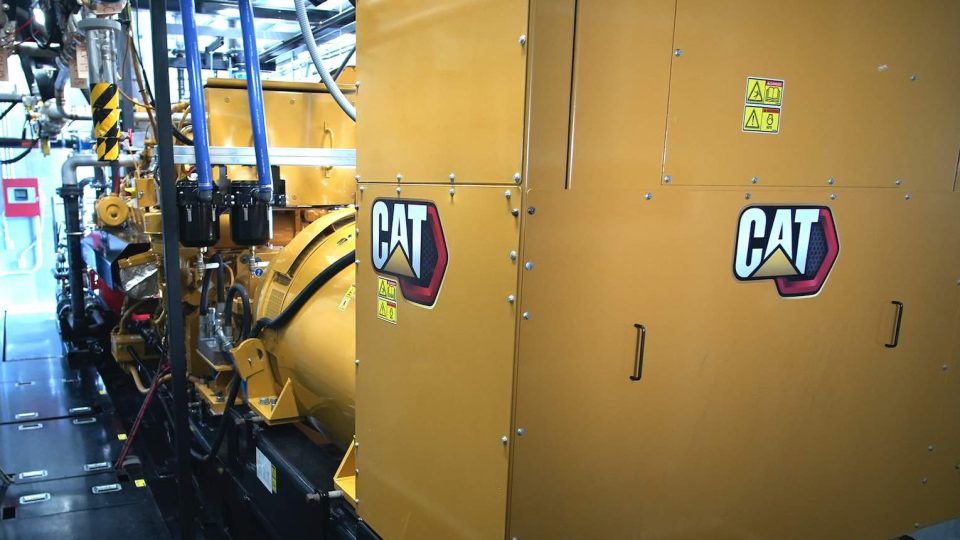US: Blueprint for the future includes ICE and sustainable fuels
In this article Allen Schaeffer, Executive Director at Diesel Technology Forum, analyzes the Biden administration’s strategy for the decarbonization of transportation

If you’re doubting the future for internal combustion engines and sustainable liquid fuels, look no further than the Biden Administration’s National Blueprint for Transportation Decarbonization: A Joint Strategy to Transform Transportation.
This extensive work is the product of a Memorandum of Understanding (MOU) by the Department of Energy, Environmental Protection Agency, Department of Housing and Urban Development, and the Department of Transportation. That MOU called for the agencies to release a comprehensive strategy for decarbonizing the transportation sector that will help guide future policy decisions, as well as research, development, demonstration, and deployment in both the public and private sectors.
The Blueprint is a “whole-of-government approach” to addressing the climate crisis and meeting President Biden’s goals of a 100% clean electrical grid by 2035 and net-zero carbon emissions by 2050.
The 88 page report, and accompanying factsheet, lay out the vision for how the building process should take place. It’s centered on three main pillars – to increase convenience, improve efficiency, and transition to clean options for the transportation sector, which in this case includes off-road engines and equipment as well.
So much emphasis is placed on electrification that the other important options for decarbonization often get left behind, namely hydrogen and sustainable liquid fuels.
Sustainable fuels have quite a considerable role to play in this vision of our transportation future. They’re expected to be as significant as battery electric in some sectors. The Blueprint shows hydrogen having a large role to play for long-haul trucking, but also notes that “sustainable liquid fuels may also be an option for some Medium and Heavy-Duty Vehicles (MHDVs), particularly for remote applications and for legacy vehicles relying on internal combustion engines. The historically slow turnover rate for many MHDVs means that new technologies may not replace diesel engines for several decades and that disseminating new technology across the MHDV fleet will be a slow process if market forces or policy decisions do not accelerate vehicle turnover. Sustainable fuels could help alleviate this turnover challenge by providing low-carbon solutions that are compatible with existing vehicles.”
As for off-road engines and equipment, they are expected to see fueling from all three technology spaces – battery electric, hydrogen, and sustainable fuels.
When you think about it, it’s a logical approach to think broadly about transport and mobility, where we work and live, as well as the energy and environmental impacts of our transportation decisions. The Administration sees it as a “significant milestone on the path to realizing an improved and sustainable transportation future.” It’s definitely a strong start.
But if you’ve been part of any construction or remodeling projects, you know that there are original blueprints and then there are “as-built” blueprints. Those reflect the realities of changing conditions and preferences along the way. And that’s exactly how we should think of this National Blueprint for Transportation Decarbonization; one written in pencil and not in stone.











